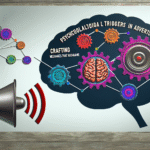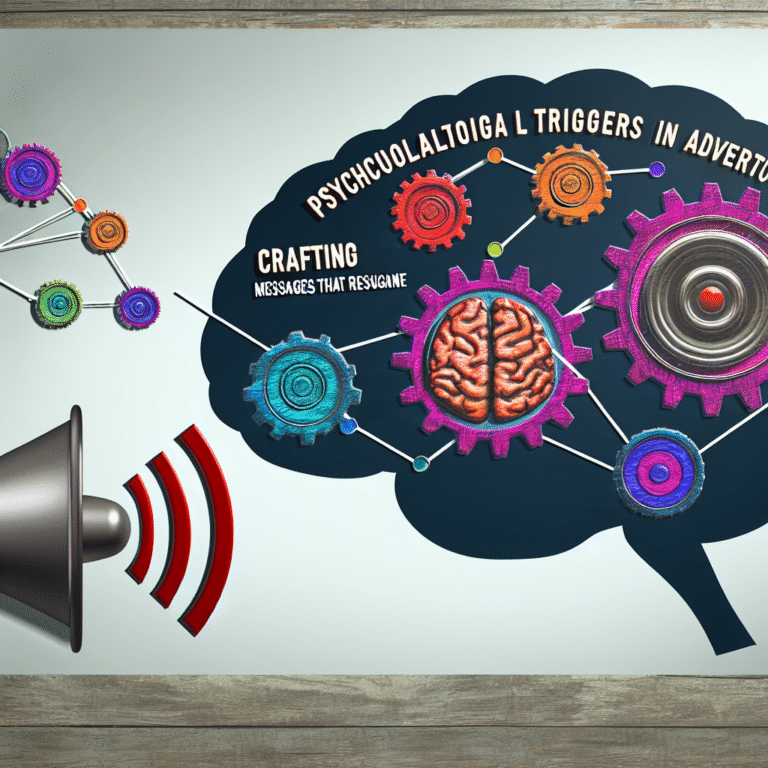The Genetic Link: Unraveling the Science Behind Learning Disabilities
Introduction
In today’s rapidly evolving educational landscape, understanding the underlying factors contributing to learning disabilities has never been more critical. The statistics are daunting—approximately 1 in 5 children in the United States experiences a learning disability, which has significant implications not only for academic achievement but also for self-esteem and future opportunities. But what if we could delve deeper into the biology behind these challenges? This exploration leads us to a compelling area of study: The Genetic Link: Unraveling the Science Behind Learning Disabilities. By investigating the genetic components of learning disabilities, we can identify effective interventions, tailor educational approaches, and foster an environment where every child can thrive.
The Role of Genetics in Learning Disabilities
The Basics of Genetics
At its core, genetics is the study of heredity and the variation of inherited characteristics. It operates at the level of DNA, the blueprint that determines everything from eye color to predispositions for certain diseases. Learning disabilities, such as dyslexia, ADHD, and dyscalculia, often have a genetic component, highlighting the importance of understanding The Genetic Link: Unraveling the Science Behind Learning Disabilities.
Key Genetic Terms
| Term | Definition |
|---|---|
| Gene | A segment of DNA responsible for the production of proteins. |
| Chromosome | Structures within cells that contain genes. |
| SNP | Single nucleotide polymorphism; variations in a single DNA building block. |
Twin and Family Studies
Research has shown that learning disabilities tend to run in families. Twin studies reveal that identical twins show a higher concordance for learning disabilities compared to fraternal twins, suggesting a strong genetic influence. A landmark study found that approximately 70-80% of the variance in dyslexia can be attributed to genetic factors. This underscores The Genetic Link: Unraveling the Science Behind Learning Disabilities as a significant area of inquiry.
Case Study: The Swedish Twin Study
A comprehensive study involving over 6,000 twins in Sweden examined the heritability of dyslexia. Results indicated a heritability estimate of about 70%, pointing clearly to a genetic predisposition. This not only sheds light on the relevance of The Genetic Link: Unraveling the Science Behind Learning Disabilities but also emphasizes the need for family history considerations in educational strategies.
Identifying Specific Genes
Researchers have identified several candidate genes associated with dyslexia and other learning disabilities. For instance, the DYX1C1 gene has been linked to language processing and phonological awareness, crucial skills in reading acquisition. Continued exploration of these genes is essential for comprehensively understanding The Genetic Link: Unraveling the Science Behind Learning Disabilities.
Table: Genes Associated with Learning Disabilities
| Gene | Associated Learning Disability | Key Findings |
|---|---|---|
| DYX1C1 | Dyslexia | Involved in neuronal migration and brain structure. |
| KIAA0319 | Dyslexia | Affects the development of language-related brain areas. |
| ADHD-1 | Attention Deficit Hyperactivity Disorder | Linked to neurotransmitter regulation and attention mechanisms. |
Environmental and Epigenetic Factors
While genetics plays a vital role, environmental factors cannot be overlooked. The interaction between genetic predisposition and environmental influences—such as socio-economic status, parental involvement, and early education—often determines the manifestation of learning disabilities. This nexus of interaction illustrates how The Genetic Link: Unraveling the Science Behind Learning Disabilities operates within a larger context.
The Impact of Prenatal Environment
Research indicates that prenatal exposure to substances such as alcohol or tobacco can affect brain development, thereby increasing the risk of learning disabilities. For example, fetal alcohol spectrum disorder (FASD) results from alcohol exposure during pregnancy and is characterized by profound learning difficulties. This finding further supports the notion that while genetics is crucial, it is not the sole determinant.
Epigenetics: The Bridge Between Genes and Environment
Epigenetics studies how environmental factors can modify gene expression without altering the DNA sequence. This emerging field highlights that children may carry genetic predispositions for learning disabilities, but environmental influences shape how these genes are expressed. Factors such as stress, nutrition, and early childhood experiences can activate or silence specific genes linked to learning disabilities. The Genetic Link: Unraveling the Science Behind Learning Disabilities necessitates considering these intricate dynamics.
Educational Implications
Tailored Interventions
Recognizing the genetic underpinnings of learning disabilities allows educators and clinicians to create tailored interventions. For instance, a child diagnosed with dyslexia may benefit from a phonetics-based reading program that aligns with their genetic profile. This targeted approach can lead to significant improvements in academic performance and overall confidence.
Case Study: The Implementation of Response to Intervention (RTI)
A school district introduced the RTI model to address reading difficulties based on genetic predispositions identified in students. By incorporating personalized strategies such as one-on-one tutoring and specialized curriculum, the school observed a marked increase in reading proficiency among students with dyslexia. This case emphasizes the importance of understanding The Genetic Link: Unraveling the Science Behind Learning Disabilities in educational settings.
Teacher Training and Awareness
Incorporating genetic insights into teacher training can foster a more supportive learning environment. Educators armed with knowledge about the genetic components of learning disabilities can adopt more empathetic and effective teaching strategies. This training enables teachers to recognize the signs of learning disabilities early, which can facilitate timely interventions.
Conclusion
As we navigate the complexities of learning disabilities, understanding The Genetic Link: Unraveling the Science Behind Learning Disabilities proves crucial. With an appreciating lens on both genetic and environmental factors, we can reshape educational practices, foster greater inclusivity, and enhance the lives of children facing these challenges. The intersection of genetics, education, and policy presents a unique opportunity to pave the way for innovation in addressing learning disabilities.
Motivational Takeaway
The journey toward understanding learning disabilities is just beginning. Through continued research, compassion, and targeted strategies, we can unlock the potential within every child, ensuring that genetic predispositions do not define their destiny. Educators, parents, and policymakers must unite to create a future where every learner, regardless of their background or challenges, can succeed.
FAQs
1. What are learning disabilities?
Learning disabilities are neurological disorders that affect the brain’s ability to receive, process, and respond to information. They can impact various skills, including reading, writing, math, and social interaction.
2. Are learning disabilities hereditary?
Yes, studies show that learning disabilities often run in families, indicating a genetic component.
3. What role do environmental factors play?
Environmental factors like prenatal exposure to toxins, socio-economic status, and quality of early education can significantly influence the development of learning disabilities.
4. Can early intervention help children with learning disabilities?
Absolutely! Early detection and targeted interventions can help children improve their skills and confidence, leading to better academic outcomes.
5. Is there hope for those with learning disabilities?
Yes! With the right support, resources, and understanding, individuals with learning disabilities can thrive academically and socially.
By exploring The Genetic Link: Unraveling the Science Behind Learning Disabilities, we lay a foundation for actionable insights that empower educators, parents, and children alike—a crucial step toward a more informed and supportive educational ecosystem.

















